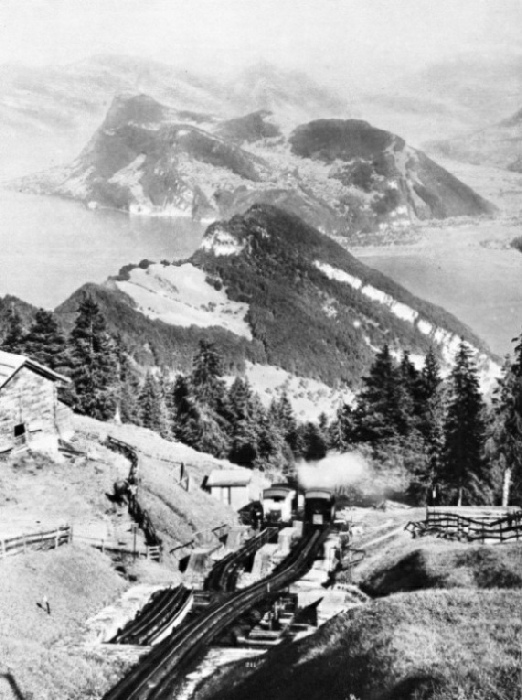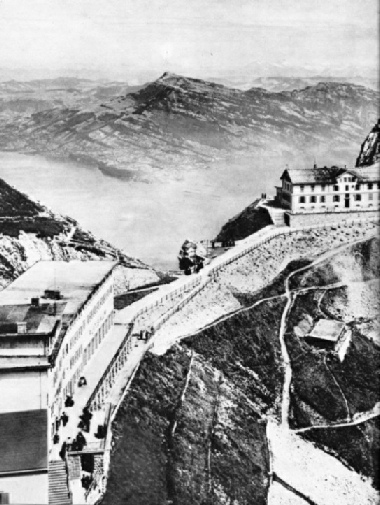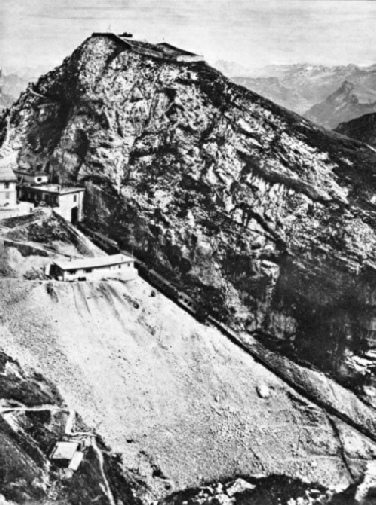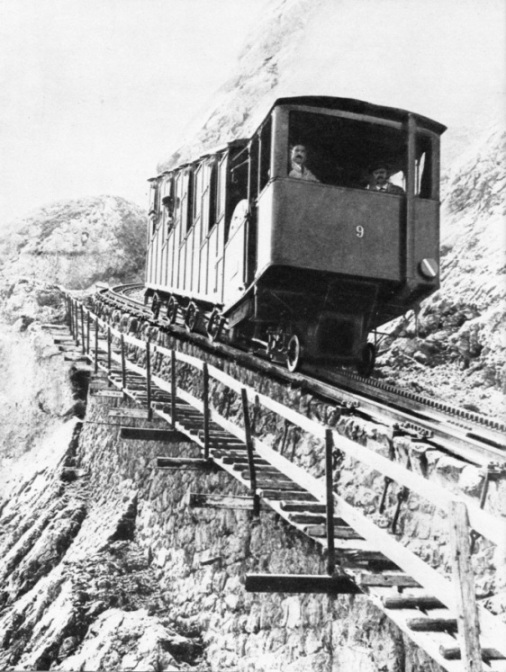

© Wonders of World Engineering 2014-




Part 7
Part 7 of Wonders of World Engineering was published on Tuesday 13th April 1937, price 7d.
Part 7 includes a photogravure supplement showing the Mount Pilatus Railway, illustrating the article Stone and Steel on Pilatus.
The Cover
The cover of this week’s part shows the former German battleship Kaiserin after she had been raised by salvage engineers from Scapa Flow. The tall pipe-like structures are air-locks, through which air was introduced into the up-turned hull of the sunken warship.
You can read more about the salvaging of the German High Seas Fleet in Shipping Wonders of the World along with a series of articles on marine salvage.
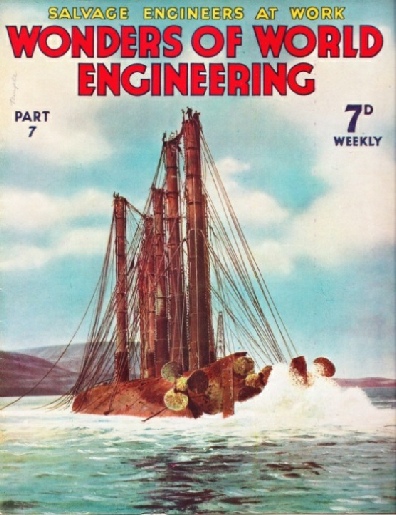
Contents of Part 7
The World’s Land Speed Record (Part 2)
The story of Sir Malcolm Campbell's record-breaking Blue Bird cars, concluded from part 6.
Thomas Telford
After a period of apprenticeship as a stonemason, Telford became a civil engineer, devoting his energy to bridges, canals and roads, and preparing the way for the industrial development of Great Britain. Thomas Telford was destined to become the first President of the Institution of Civil Engineers and to find his last resting place with kings and princes in Westminster Abbey. This is the second article in the series on Makers of Engineering History.
The Triumph of Television
Television is a science which offers unlimited opportunities to the engineer and the inventor. The television station at Alexandra Palace, London, was the first in the world to provide a regular daily service to the public. Radio sets are now a commonplace feature of many homes, but it is not many years ago that they, too, were novelties and were not taken seriously. It is early yet to say how soon television will become as familiar in the home as wireless; but that it will do so is certain. This chapter describes Alexandra Palace, the world’s first television station in regular service.
Stone and Steel on Pilatus
The engineers who built the railway to the summit of Mount Pilatus had all the defences of Nature to fight. Ravines had to be bridged, precipices to be scaled and a large amount of grading had to be done. Many visitors to Switzerland know the famous Mount Pilatus and its railway. The story of the building of this railway is one of the most fascinating of all the stories of the engineer’s triumph over the forces of Nature. This chapter not only tells the story of the conquest of Pilatus, but it describes also the electrification of the line. This is the first article in the series Railway Engineers at Work.
Stone and Steel on Pilatus (photogravure supplement)
The Upper Terminus of the Pilatus Railway
PILATUS-KULM, the upper terminus of the Pilatus Railway, is 5,344 feet above Alpnach on Lake Lucerne. This height is surmounted in a distance of only 5,049 yards, or less than three miles. The average gradient is 1 in 2.8 and the easiest 1 in 5. The terminus at the summit is situated on the second highest peak of Pilatus knows as the Esel.
Stone and Steel on Pilatus: Photogravure Supplement
A SPECIAL SWITCH SYSTEM is used on the Pilatus Railway to enable trains to pass one another. The presence of the third rail, the rack rail between the running rails, makes it impossible to use the normal type of switch. Two lengths of rail curved in opposite directions are laid side by side in a pit in such a way that either can be moved into position to one of the two sets of rails at the passing loop.
Contents of Part 7 (continued)
The Fight Against Fire
To protect structures from possible damage by fire many ingenious precautions are taken when building is in progress. To extinguish outbreaks speedily fire engineers have devised many efficient appliances large and small.
Salvage Engineers at Work (Part 1)
Unusually complicated problems of engineering have to be solved by the salvage expert when he has to raise sunken vessels, whether small ships, ocean-going liners or battleships, from the bed of the sea. This chapter is concluded in part 8.
